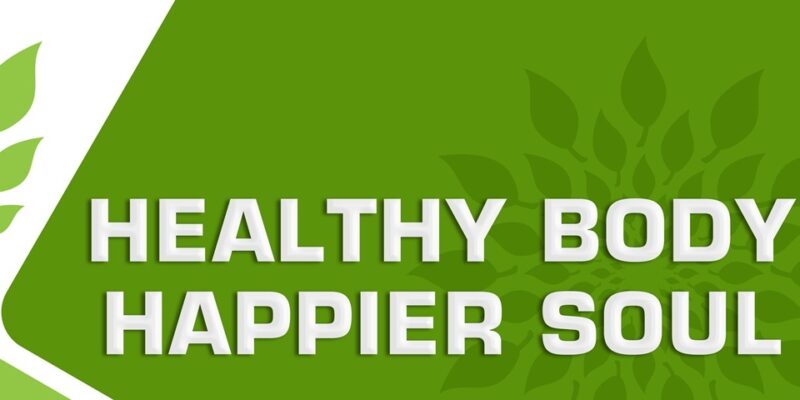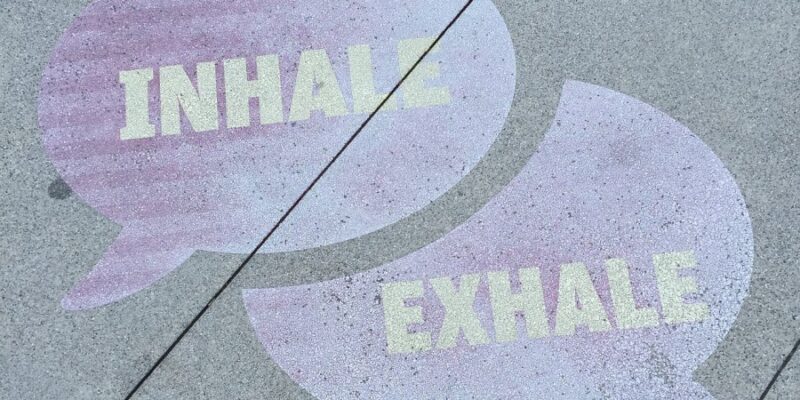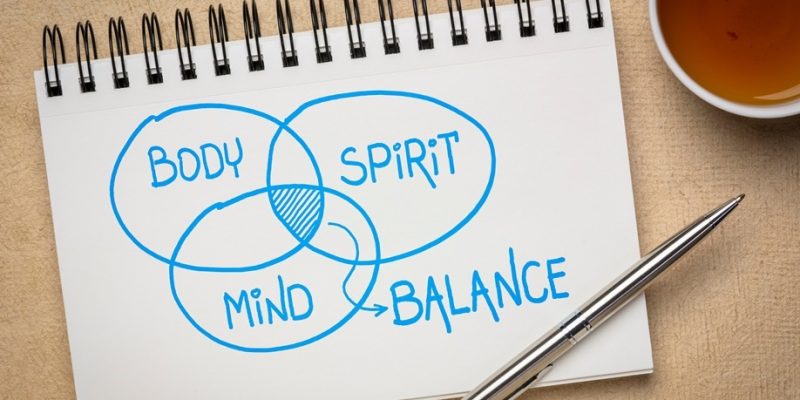
Evocative Breath Therapy™ was designed to induce an altered state of consciousness that promotes expanded self-awareness, self-acceptance, self-compassion, inner peace, and release of emotional and physical tension, while learning to cope with stress, anxiety, and pain.

The breathing technique used in Evocative Breath Therapy is typically a comfortable breathing pattern of long, full, circular, and abdominal breaths.
An Evocative Breath Therapy session is guided by a Breathwork therapist, can be done sitting or lying down, and follows an hour-long, four-stage process of conscious awareness on the breath accompanied by guided imagery and evocative music.
Mind that it’s not necessary to engage actively with strong emotions; one should rather maintain the focus on the breath — such as in some Mindfulness Meditation practices — and simply allow the feelings to come up and pass on their own. The idea is to figuratively allow any thoughts, feelings, or sensations that arise to be released while exhaling.
In any case, a session consists of four distinct stages: Entrainment, Expansion, Reintegration, and Completion. We’ll briefly explain them here further below.
Entrainment
This phase takes 15 minutes. Participants learn to maintain their attention on each breath and create a pattern of comfortable but full abdominal breathing.
The entrainment phase is accompanied with relaxing background music. Emotions that arise shouldn’t be analyzed or engaged. Attention should be kept on the breath.
Expansion
This phase takes 25 minutes, and is characterized by continuing the pattern and activities as taught in the Entrainment phase.
If physical discomfort occurs participants are reminded to adjust their body or their breathing to alleviate the discomfort.
During this phase, additional evocative music is introduced, based on its ability to more strongly evoke emotion and Vital Energy flow through the body-mind.
Additionally, imagery is introduced such as “Imagine that you are inhaling the energy of the music with each inhale,” or “Imagine that life is breathing itself into you,” or “Imagine that your body has the wisdom to feel whatever needs to be felt, and to release anything that needs to be released,” and so on.
Reintegration
This phase takes 10 minutes. Music becomes more relaxing in order to cool-down and come to a peaceful state of mind.
Within this phase, the participant may still experience an expanded state of consciousness, which gives an opportunity to introspection and reflection, allowing for breakthroughs and insights on the physical, emotional-mental, and spiritual plane.
Completion
This phase takes 10 minutes. Participants keep being aware of their breathing, but are invited to open their eyes, orient themselves, and remain in silence. Quiet relaxing background music continues.
Optionally, an exchange or communication follows with the Breathwork therapist about feelings and insights. When participants are fully back in their normal state of consciousness the session is considered completed.
The participant then leaves with the advice to stay calm and peaceful, and rest and take it easy for the remainder of the day.
















